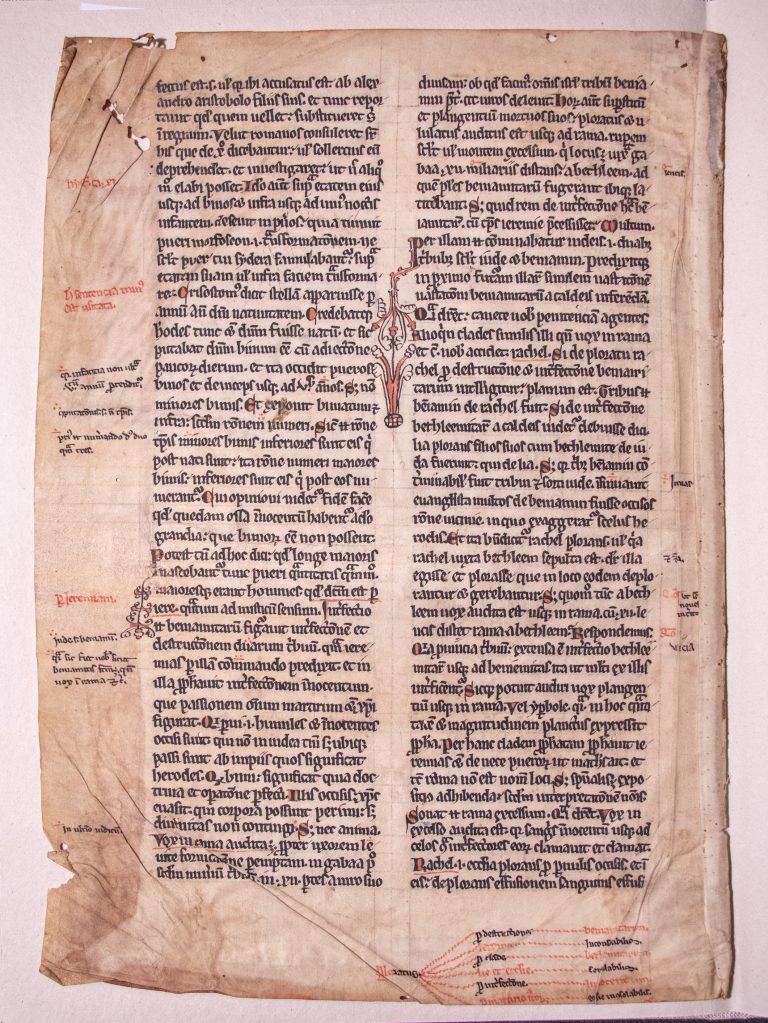
Matthew is represented by a divine man because the Gospel highlights Jesus’ entry into this world, first by presenting His family lineage - “A family record of Jesus Christ, Son of David, son of Abraham” (Mt 1:1) - and His incarnation and birth: “Now this is how the birth of Jesus Christ came about” (Mt 1:18). Irenaeus explained the symbolism as follows: And therefore, the Gospels are in accord with these things, among which Christ Jesus is seated.īeing more specific, St. “The first living creature was like a lion” symbolizing His effectual working, His leadership, and royal power “the second was like a calf,” signifying His sacrificial and sacerdotal order but “the third had, as it were, the face as of a man,” - an evident description of His advent as a human being “the fourth was like a flying eagle,” pointing out the gift of the Spirit hovering with His wings over the Church. In his treatise Adversus Haereses ( Against Heresies XI), St. Irenaeus (140-202) to liken them to the four Gospel writers because of the content of their Gospels and their particular focus on Christ. These images in both the Old Testament and the New Testament prompted St. Day and night, without pause, they sing: “Holy, holy, holy, is the Lord God Almighty, He who was, and who is, and who is to come!” Each of the four living creatures had six wings and eyes all over, inside and out. The first creature resembled a lion the second, an ox the third had the face of a man while the fourth looked like an eagle in flight. At the very center, around the throne itself, stood four living creatures covered with eyes front and back. The floor around the throne was like a sea of glass that was crystal-clear. From the throne came flashes of lightning and peals of thunder before it burned seven flaming torches, the seven spirits of God. Surrounding this throne were twenty-four other thrones upon which were seated twenty-four elders they were clothed in white garments and had crowns of gold on their heads. In the Book of Revelation (4:6-8), we find a similar description: Their faces were like this: each of the four had a face of a man, but on the right side was the face of a lion, and on the left side the face of an ox, and finally each had the face of an eagle…. They sparkled with a gleam like burnished bronze.

Within it were figures resembling four living creatures that looked like this: their form was human, but each had four faces and four wings, and their legs went straight down the soles of their feet were round. As I looked, a stormwind came from the north, a huge cloud with flashing fire, from the midst of which something gleamed like electrum. In the 30th year, on the fifth day of the fourth month, while I was among the exiles by the river Chebar, the heavens opened, and I saw divine visions….


These symbols are taken first from the Prophet Ezekiel (1:1-21): Traditionally, the four Gospel writers have been represented by the following symbols (as indicated in the question): Q: The Gospel writers have symbols - a man, a lion, a bull and an eagle - which I think refer to Matthew, Mark, Luke and John.


 0 kommentar(er)
0 kommentar(er)
